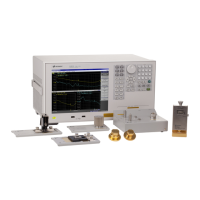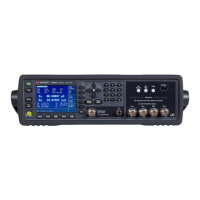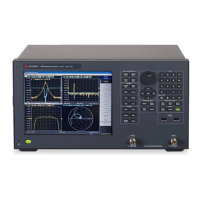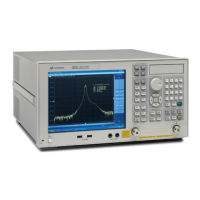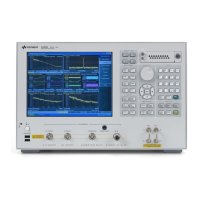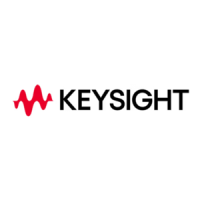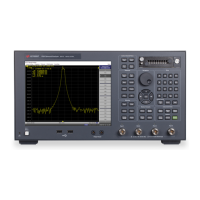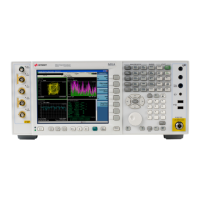Programming
277
This data transfer format uses a header that consists of a sharp character
(#), a number of 6 (which indicates the byte size of the <number of bytes
transferred> part), and the <number of bytes transferred> part in this
order. The header is followed by the binary data (each number consists of
4 bytes and the total is the byte size indicated by <number of bytes
transferred>) and the message terminator <new line>^END.
The binary data is expressed in the IEEE 754 32-bit floating-point number
format shown in the figure below.
32-bit floating point data
Byte order
When you opt to perform binary transfer, you can configure the instrument
to transfer the bytes of the data in one of the following two byte orders:
NORMal
Transfer begins with the byte that contains the MSB (Most Significant Bit);
that is, the leftmost byte in 64 bit floating point format and 32 bit floating
point data.
SWAPped
Transfer begins with the byte that contains the LSB (Least Significant Bit);
that is, the rightmost byte in 64 bit floating point format and 32 bit floating
point data.
To set the byte order, use the following command:
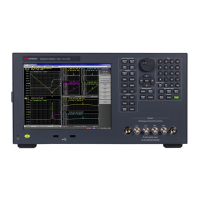
